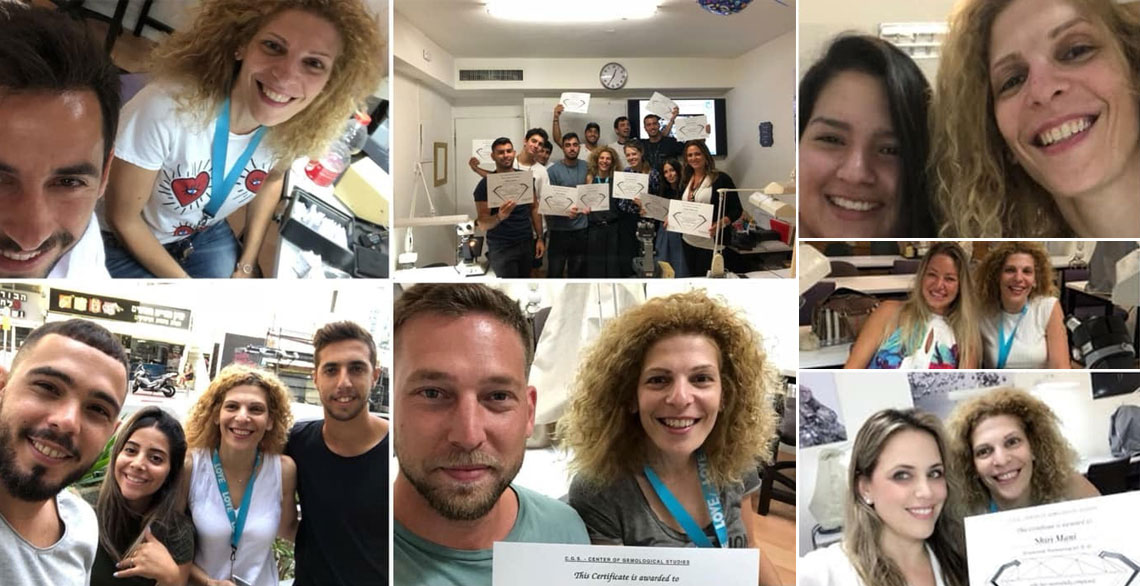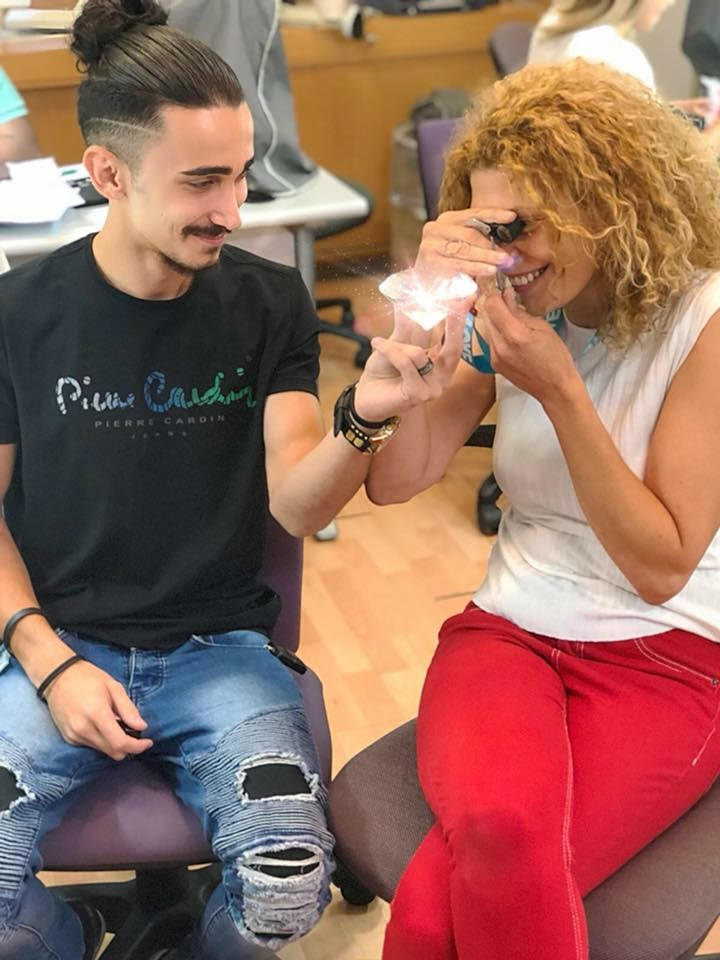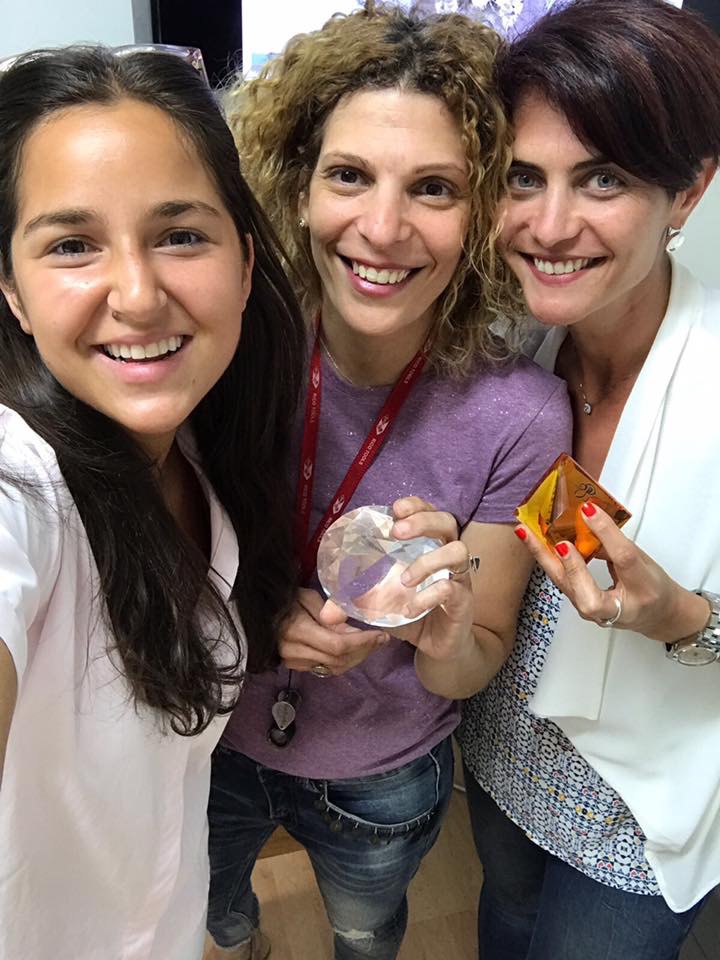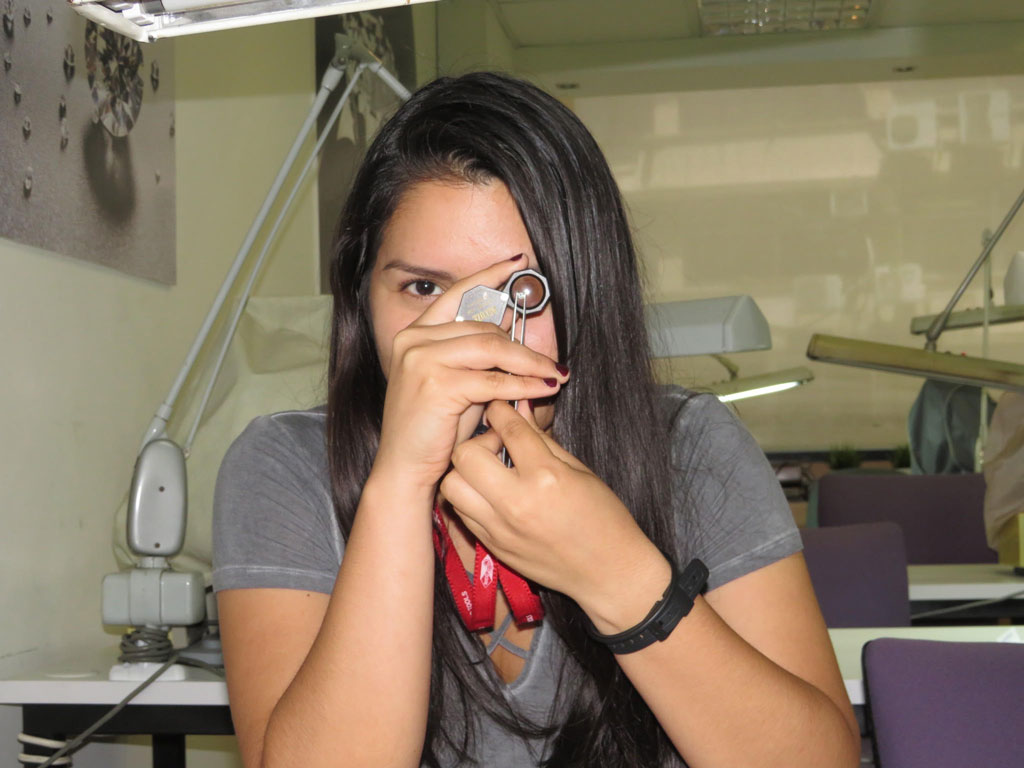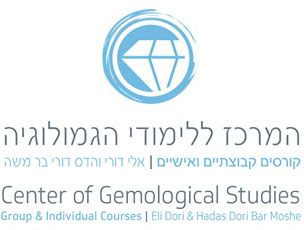Gemology Course – documentation, grading and evaluation of diamonds
The courses are taught in an intimate, pleasant and patient environment, that suits and is adapted to every student.
Hadas & Eli provide a comprehensive and intensive gemological course, which is based on the study program of the “GIA-the Gemological Institute of America”, which is the No. 1 worldwide known institute in gemology.
THE PURPOSE OF THE COURSE
To provide excellent and accurate grading abilities of polished diamonds by microscope and by loupe. As well as to provide a comprehensive understanding of the world of diamonds.
STRUCTURE AND LEARNING HOURS
Hadas & Eli teach small groups, up to 3 students. The course is taught over a period of 40 hours. These hours include theoretical material as well as practical work which includes the grading of over 100 polished diamonds by microscope and by loupe. The method by which grading is taught is according to the GIA and their terminology.
THE LEARNING PROGRAM
THE DIAMOND – General background, history, the diamonds and the Jews, the diamond mines, rough diamonds, cutting and polishing the diamond, the structure of the round brilliant cut diamond.
THE FOUR C’S – The 4 criteria to evaluate the diamond:
- Carat Weight – what is a carat? What is the significance of the weight of the diamond? Critical sizes.
- Clarity – Internal and external imperfections, how to recognize the inclusions, their effect on the clarity grades, clarity grades, the criteria to determine the clarity grades, plotting the inclusions in a gemological certificate according to the GIA rules.
- Color – Color grades, the criteria to determine the color grade, how to check the color of the diamond, master stones, how to work with master stones.
- Cut – Proportions and Finish. The influence of excellent proportions on the light breaking properties of the diamond, the Tolkowoski model for excellent proportions, How to evaluate each part of the diamond structure, the importance of excellent symmetry and excellent polish of the diamond. How to check symmetry and polish.
BECOMING FAMILIAR with the gemological certificate – Analyzing the certificate.
PRACTICAL grading of polished diamond by microscope and by loupe.
METHODS to differentiate among inclusions, external imperfections, holes and dirt.
FLUORESCENCE – what is this phenomenon? The advantages and disadvantages, how to recognize a fluorescent diamond. The market attitude towards fluorescent diamonds.
GRAINING LINES – what are these lines, the different types of lines, their effect on the diamond, how to identify them.
FANCY SHAPES – The different shapes and how to analyze them according to the 4 c’s.
FANCY COLORS – What are the fancy colors and how they are created. How to judge their quality. Description of fancy colors in a gemological certificate. Trading fancy colors.
DIAMOND SUBSTITUTES -The common substitutes: Cubic Zirconia and Mossanite. How to identify them from a natural diamond.
SYNTHETIC DIAMOND – Production systems and trading. It’s effect on the natural diamond market.
TREATMENT OF THE DIAMOND– Laser drills, KM, Fracture filling, Color enhance by irradiation and heating, HPHT, Coating.
RAPAPORT PRICE LIST – Deep and practical explanation of the use of the list, commercial trades.
FINAL EXAM – Students who successfully pass the exam will be awarded a certificate of: “Diamond Gemologist (D.G)”
